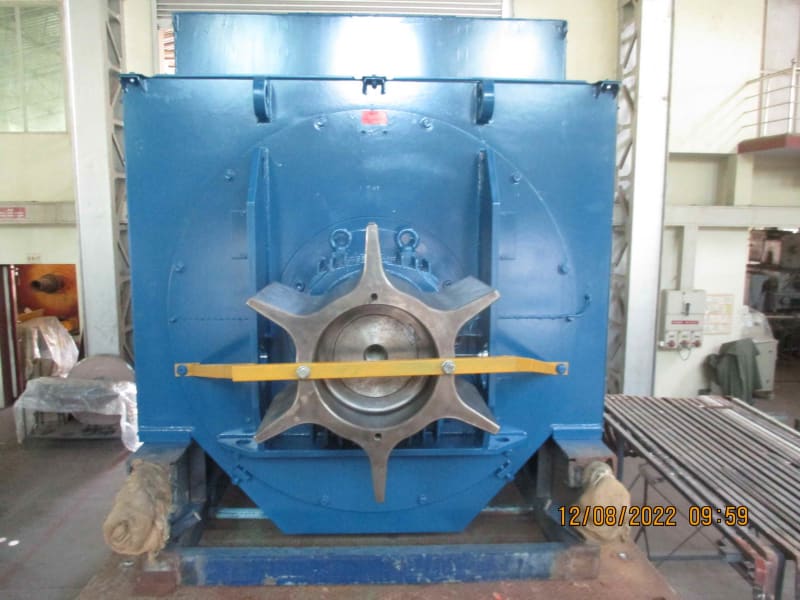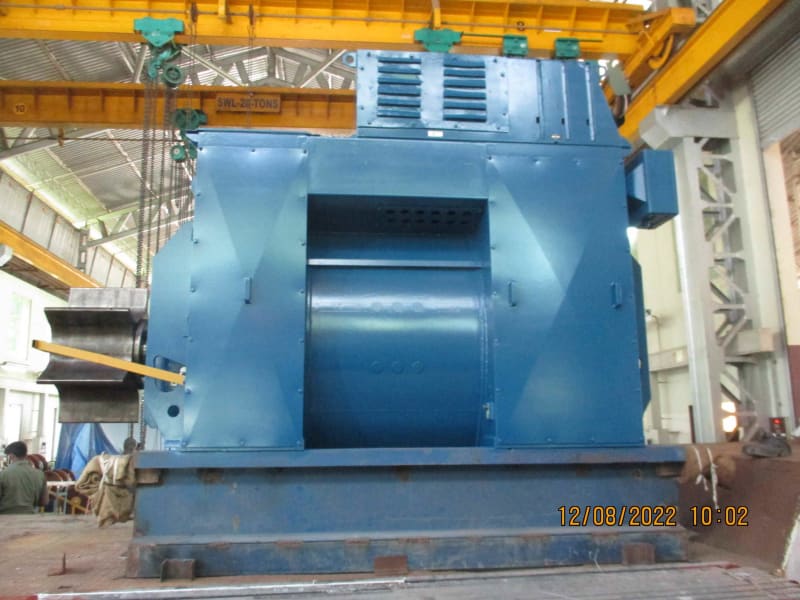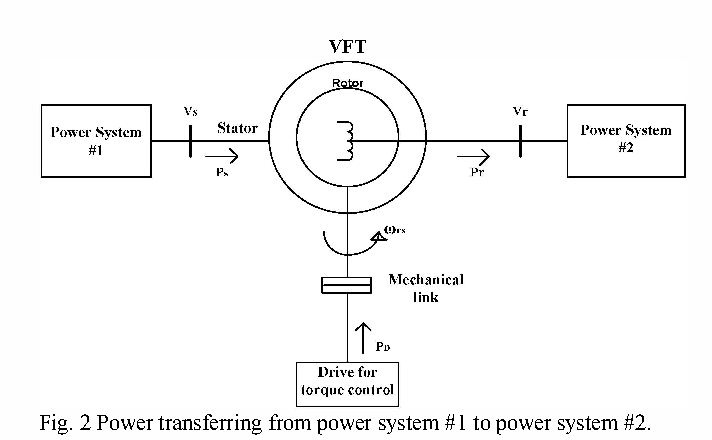Rodmcm
Electrical
- May 11, 2004
- 260
Hi
Would anyone be able to share the dimensions of an 7 or 8MW 500rpm (12p 50HZ) horizontal synch generator
Would anyone be able to share the dimensions of an 7 or 8MW 500rpm (12p 50HZ) horizontal synch generator



